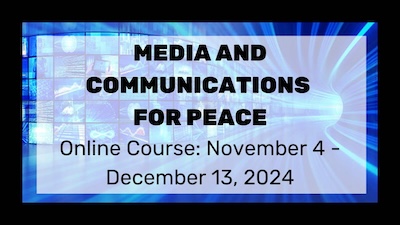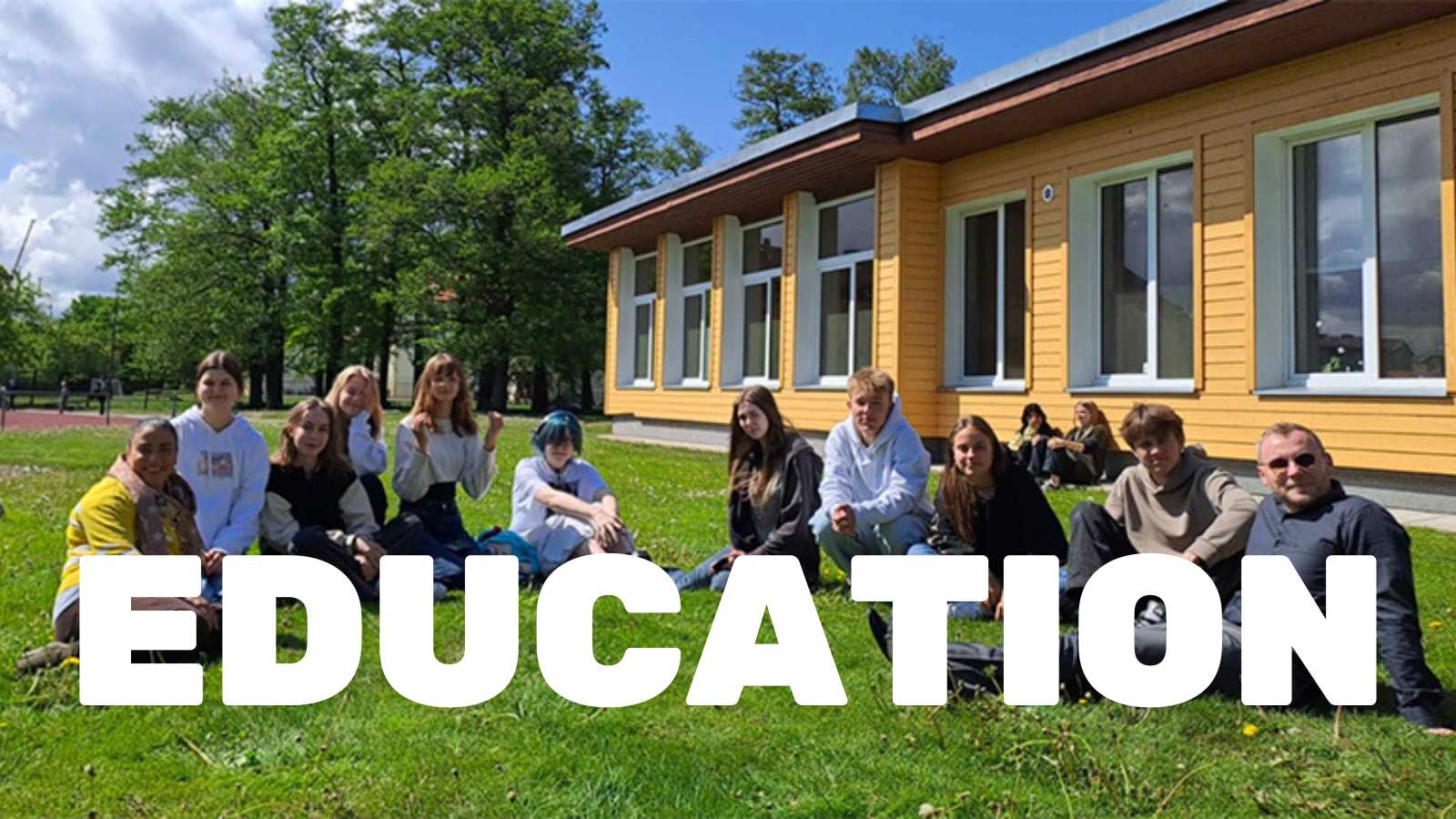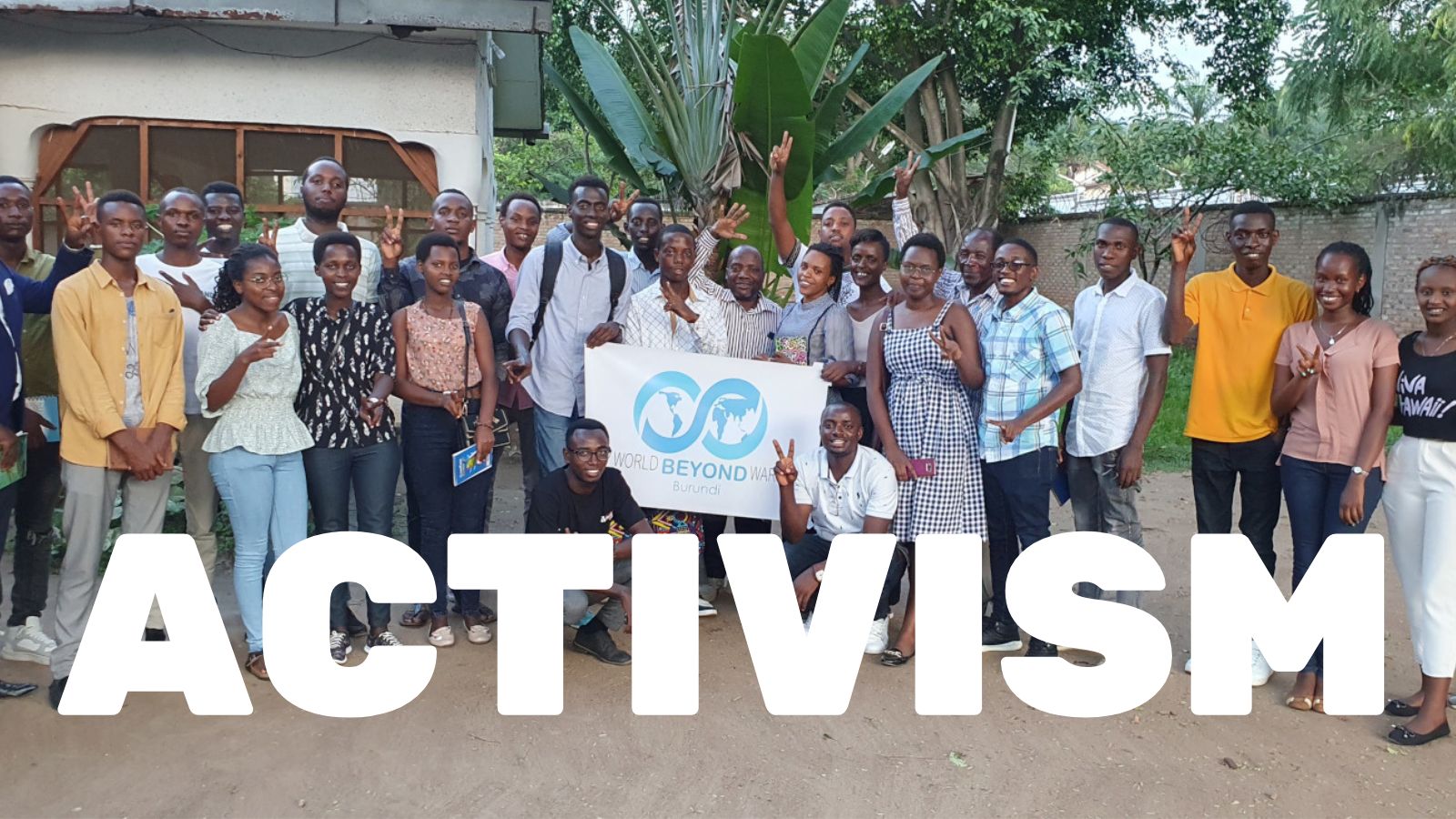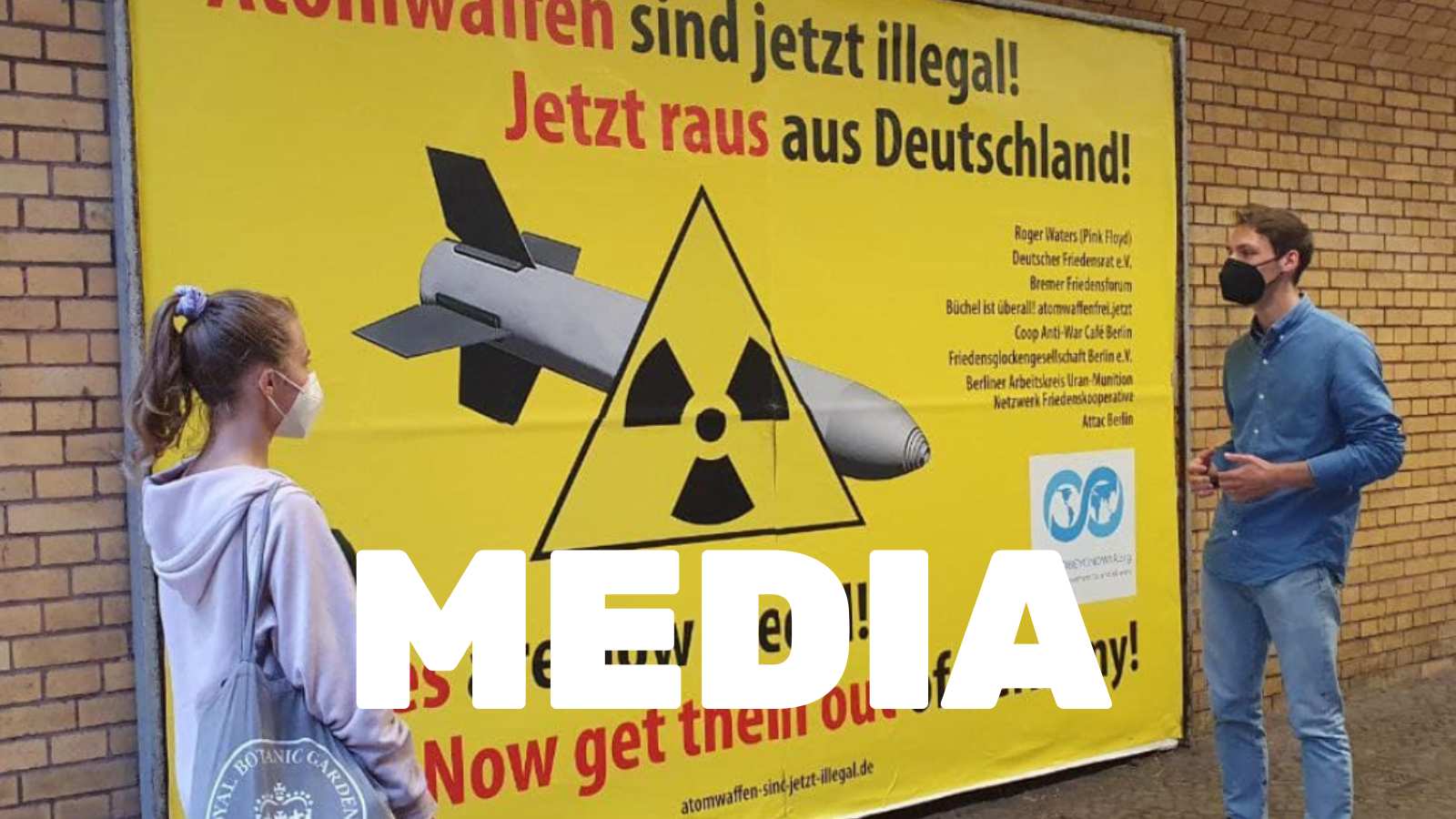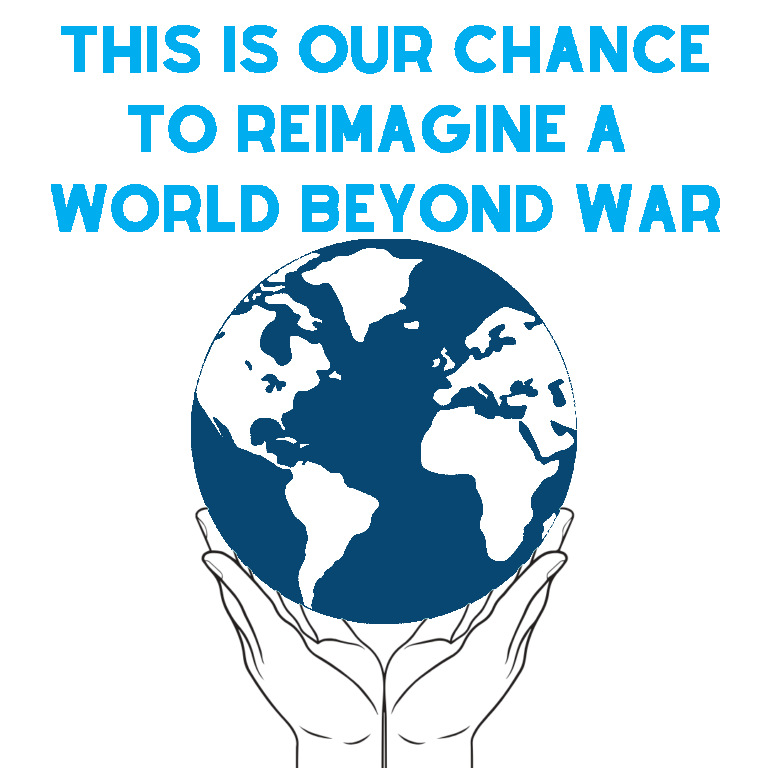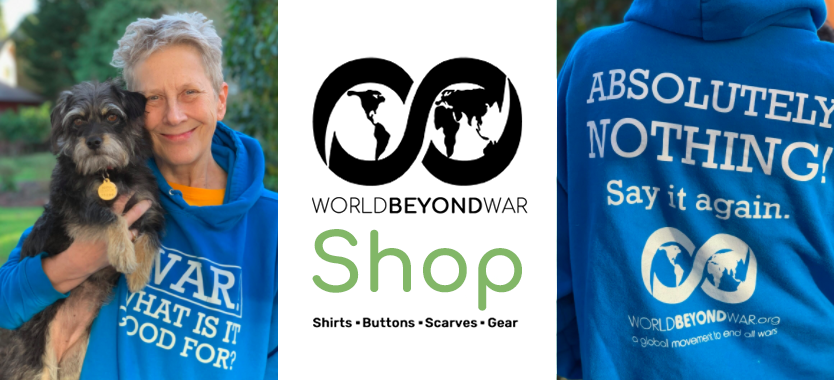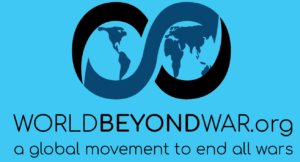Each month, we share the stories of World BEYOND War volunteers around the world. Want to volunteer with World BEYOND War? Email greta@worldbeyondwar.org.

Location:
Half Moon Bay, California
How did you get involved with anti-war activism and World BEYOND War (WBW)?
As a fashion environmentalist, I realized that there cannot be environmental justice without social justice. Given that war is one of the most expensive disasters to people and the planet, the only way forward is to have a world without war. World BEYOND War was one of the organizations I researched, when I looked for solutions for peace. Upon interviewing an army personnel on the damages of war, I realized that there were many questions and very few answers. When I reached out to WBW, I was a designer who wanted to see the world in a better place. And I knew that the mix of my art and the science of WBW could be that solution I was looking for.
What kinds of volunteer activities do you help with?
I joined the new California chapter of World BEYOND War in spring of 2020. Primarily, I’m involved with educational and community projects of peace activism. In particular, I recently launched The Peace Flag Project, a global peace art project. The first installment of the project was exhibited at City Hall in Half Moon Bay, California. Currently, I’m working with World BEYOND War to develop and translate how-to guides for The Peace Flag Project and organize a webinar to introduce the project to WBW’s membership and solicit global participation in the initiative.
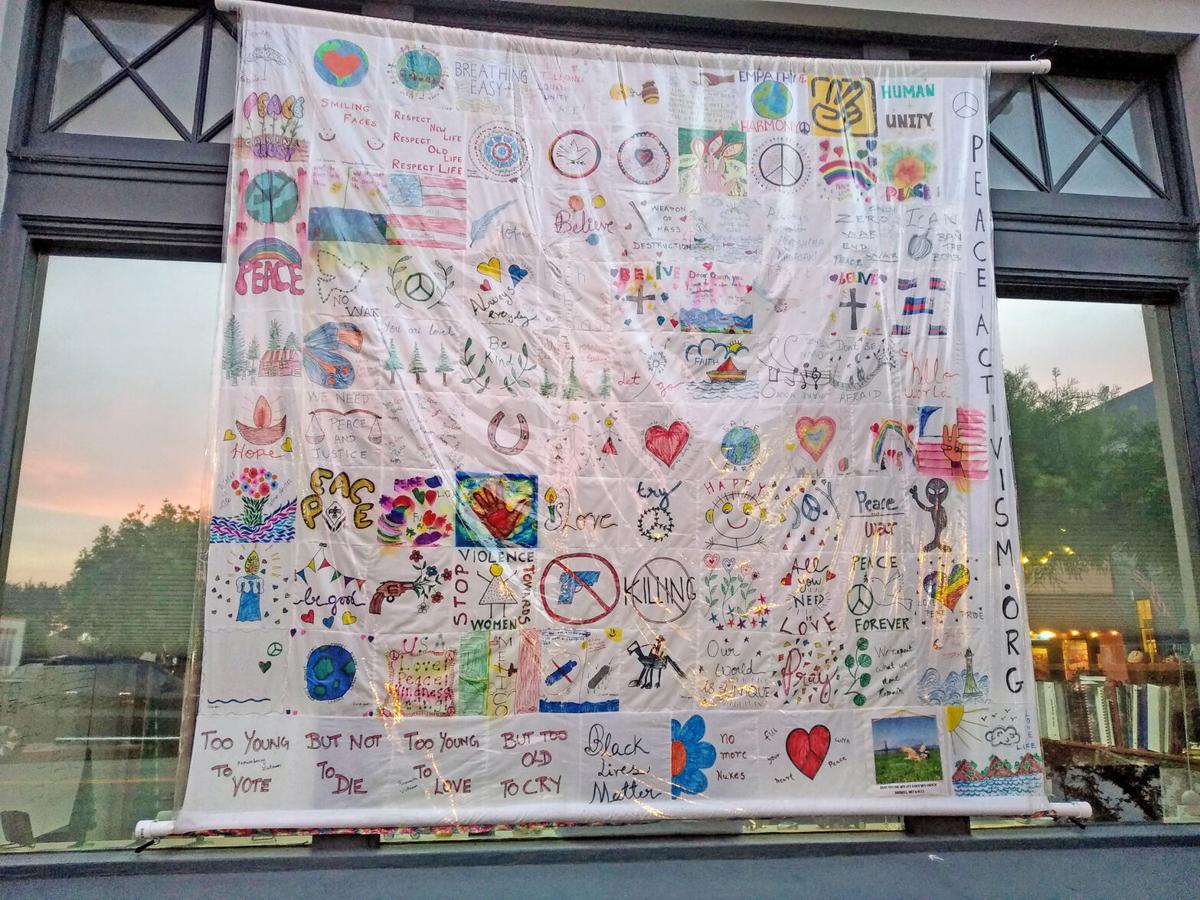
What’s your top recommendation for someone who wants to get involved with WBW?
Understand that peace is a science and the chapters of WBW have great individuals who can help you understand it. Our California chapter meetings are a confluence of thoughts that dwell upon peace, why it is important, and how can we help educate people to understand the concept of peace.
Why do you call peace a science?
In the ancient past, a country’s development was merited through its advancement in science. India was known for the invention of the zero and the decimal point. Baghdad and Takshila were great centers for learning which taught science, astronomy, medicine, mathematics, and philosophy. Science brings together Christian, Muslim, Jewish, and Hindu scholars working alongside each other for the betterment of mankind.
With the current scenario of the pandemic, one has seen the world unite to fight against the invisible enemy. Physicians and front-line workers have risked their lives to save those who are white, black, Asian, Christian, Jewish, Hindu, and Muslim alike. An example of where religion, race, caste, and color are blurred is through science. Science teaches us that we are stardust in the universe, that we have evolved from monkeys, that the genetic make up of a European is found in Africans, that the color of our skin depends on our proximity to the equator. I therefore stress that science can unite us, and that conflicts caused between countries must be deeply examined and studied. As a country progresses with its advancement in science, it can do so also with peace. The knowledge thereby lies in understanding the science behind conflicts and the power of peace to propel one to the very heart of what defines a civilized and enlightened society.
What keeps you inspired to advocate for change?
To give meaning to my life and help empower the lives around me – animal and human alike.
How has the coronavirus pandemic impacted your activism?
It has helped me navigate through the digital realm and understand the technology requirements to bring activism into digital spaces. I am also working with marginalized communities to find solutions to the gender bias when it comes to access to technology.
Posted February 18, 2021.

